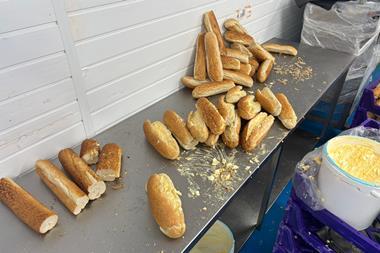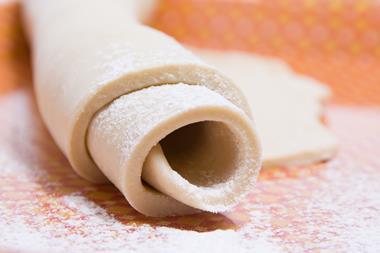Just three years after the ’discovery’ of acrylamide formation in food in 2002, the food industry was able to develop a ’toolbox’ summarising all the findings to date and helping food manufacturers identify the best ways to reduce acrylamide formation in their products.
The FoodDrinkEurope (previously CIAA) Acrylamide Toolbox has been a key tool ever since, as it collates not only the outcomes of international research, but also the lessons learnt by manufacturers in a factory environment.
The latest version of the Toolbox, published on Friday 30 September 2011, has been significantly rewritten to make it easier to read and to align the text with the format of the Codex Code of Practice and the Commission Recommendations on monitoring. It also includes some text on the ALARA (’as low as reasonably achievable’) concept. Simply put, this means that food manufacturers should take every reasonable measure to reduce the presence of acrylamide in their products, taking into account all legitimate considerations.
Bread is one of the product categories addressed in the document, under the wider heading of ’cereal-based products’. The Toolbox looks at, among other things, the impact of agronomic factors, such as asparagine content; the contribution of recipe changes, such as the addition of Ca2+ salts; the potential reductions through extended yeast fermentation; and the use of alternative baking technologies, such as infrared heating or steam baking during the last five minutes of the bake.
To inform industry about latest strategies for minimi-sing acrylamide formation, FDF has a series of free live webinars accessible to all food manufacturers (including non-FDF members). For details, visit www.fdf.org.uk.




















































No comments yet